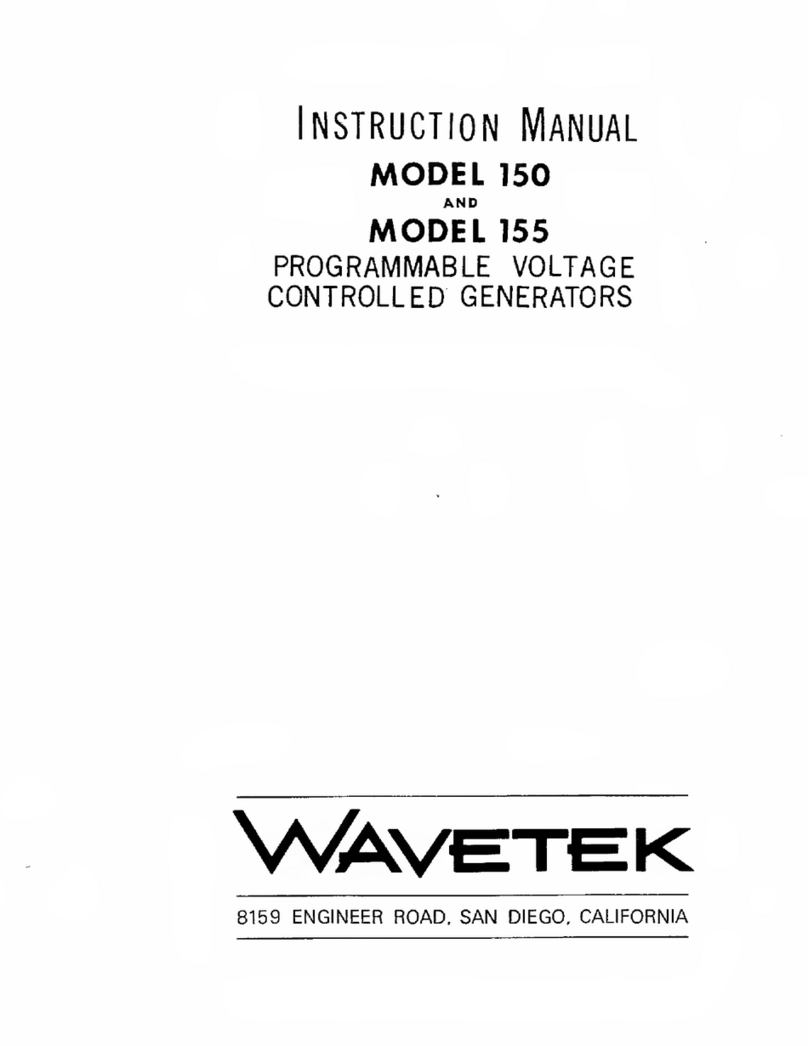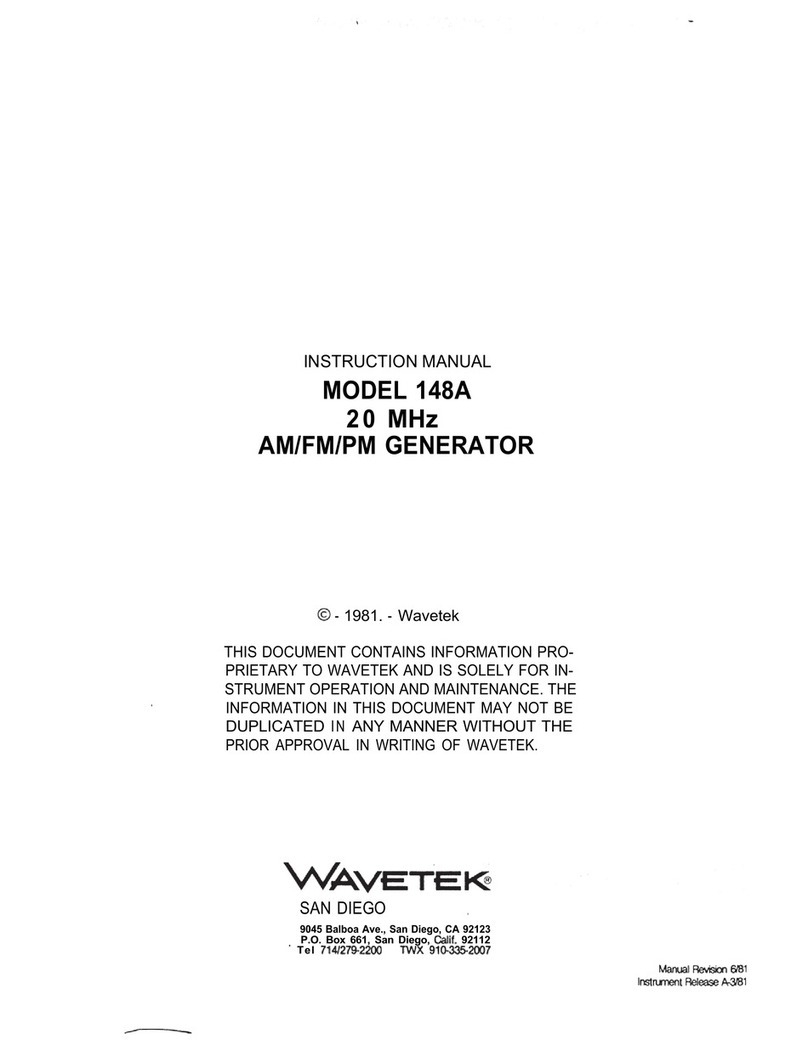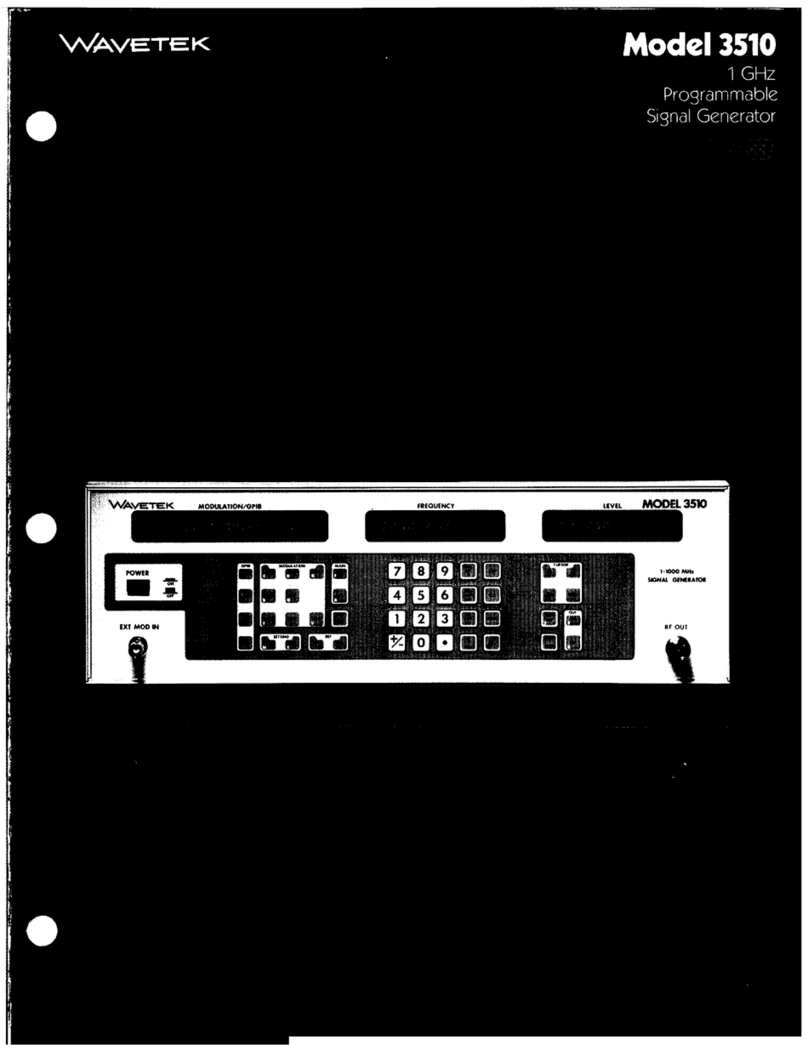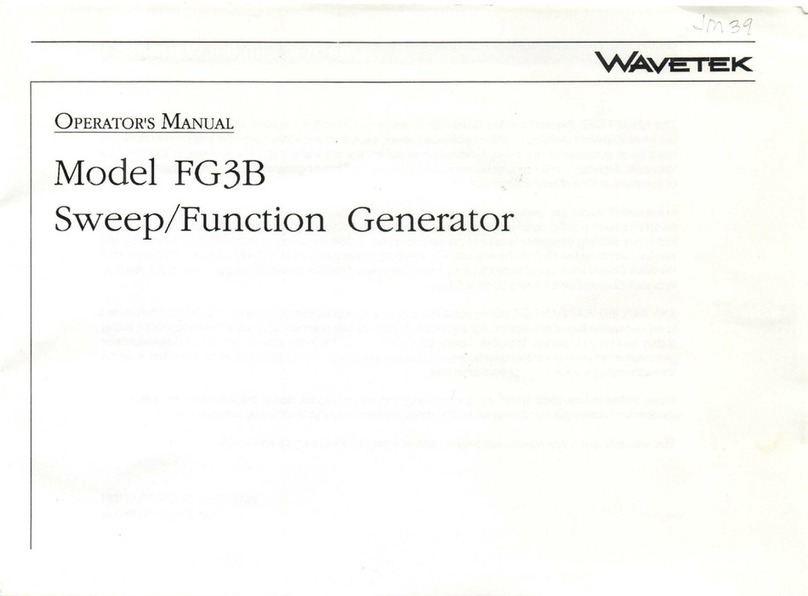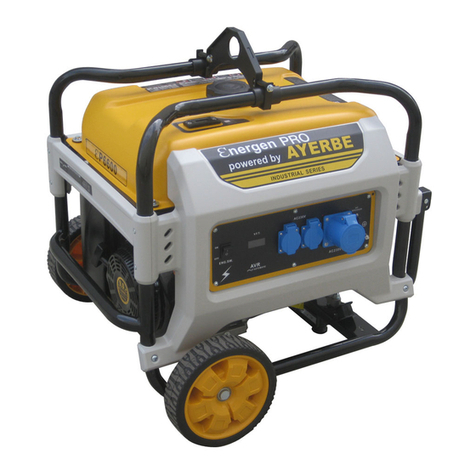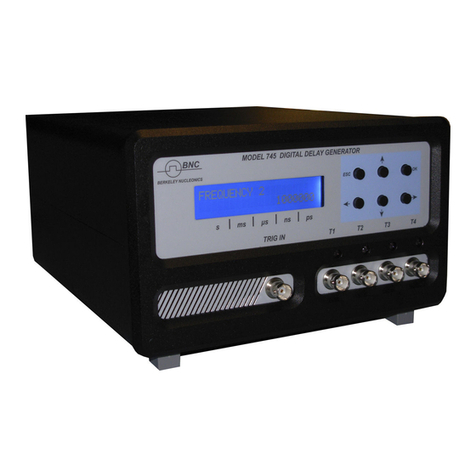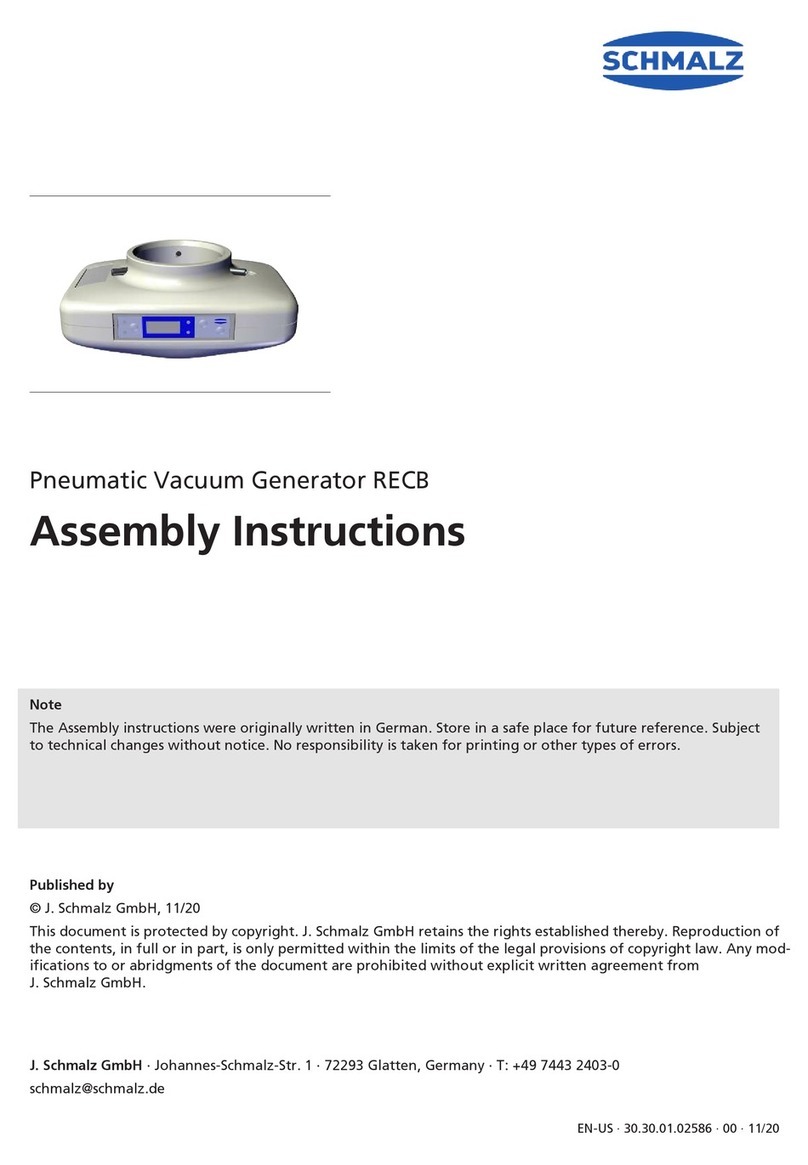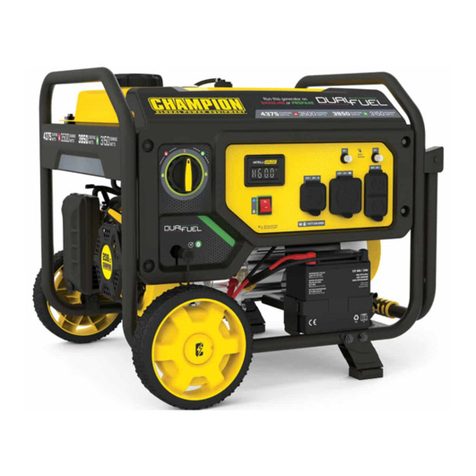Wavetek 180 User manual




















This manual suits for next models
1
Table of contents
Other Wavetek Portable Generator manuals
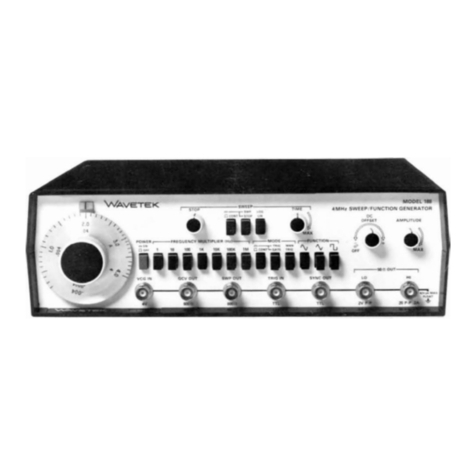
Wavetek
Wavetek 188 User manual
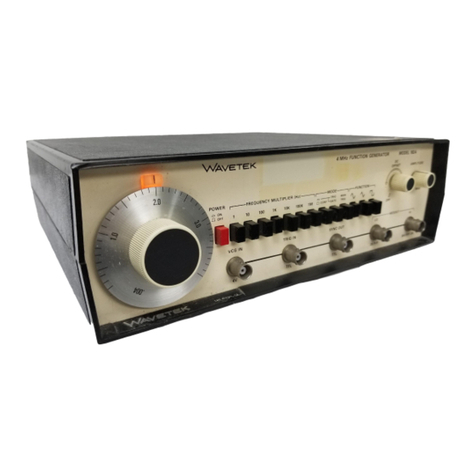
Wavetek
Wavetek 182A User manual
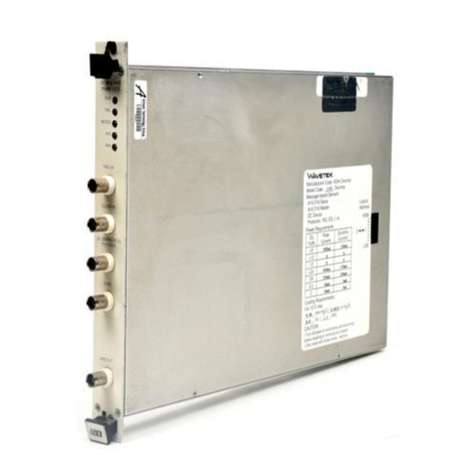
Wavetek
Wavetek 1370 Installation instructions
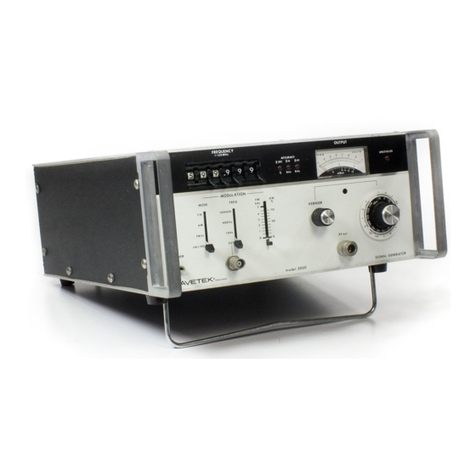
Wavetek
Wavetek 3000 User manual
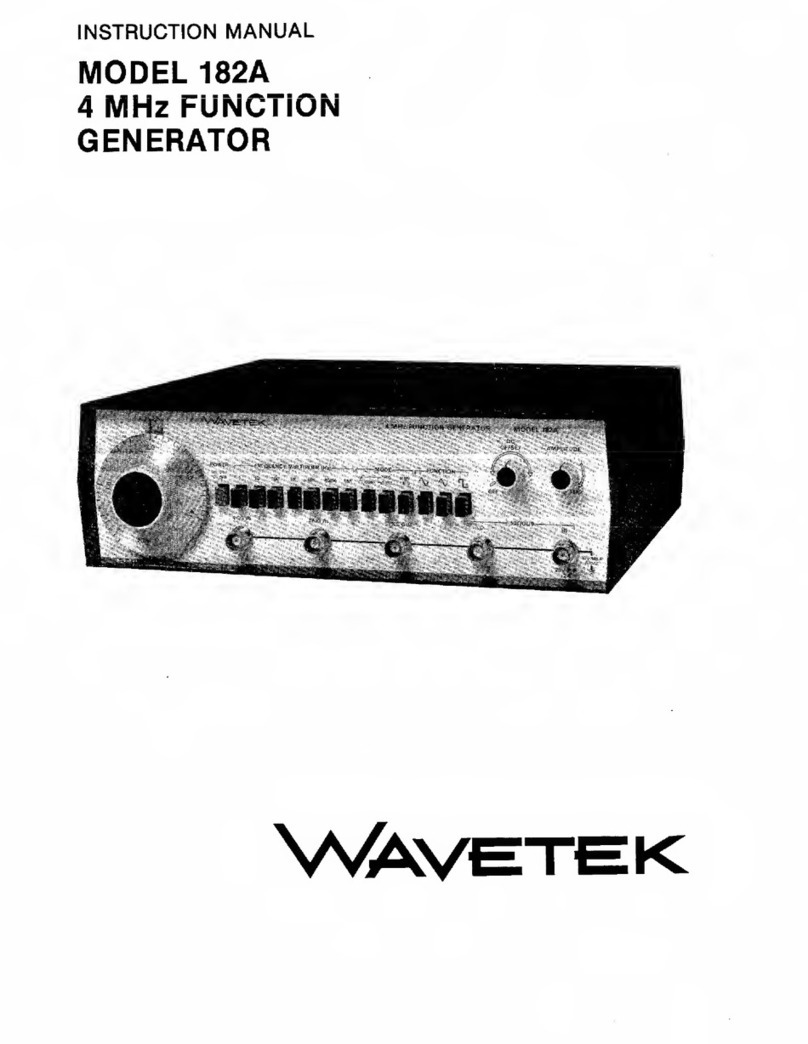
Wavetek
Wavetek 182A User manual

Wavetek
Wavetek 182A User manual
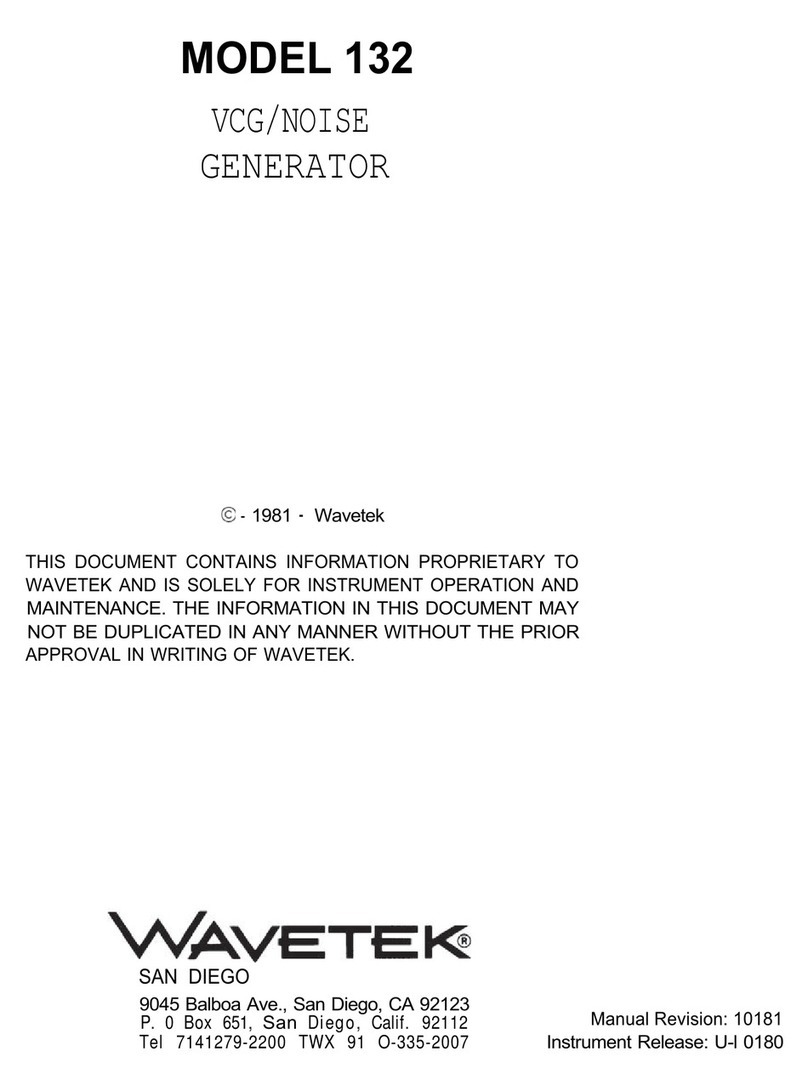
Wavetek
Wavetek 132 User manual
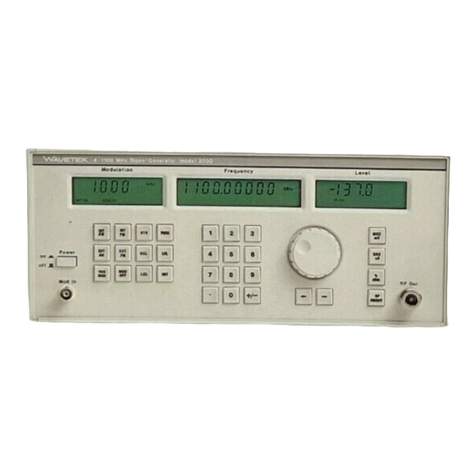
Wavetek
Wavetek 2500 User manual
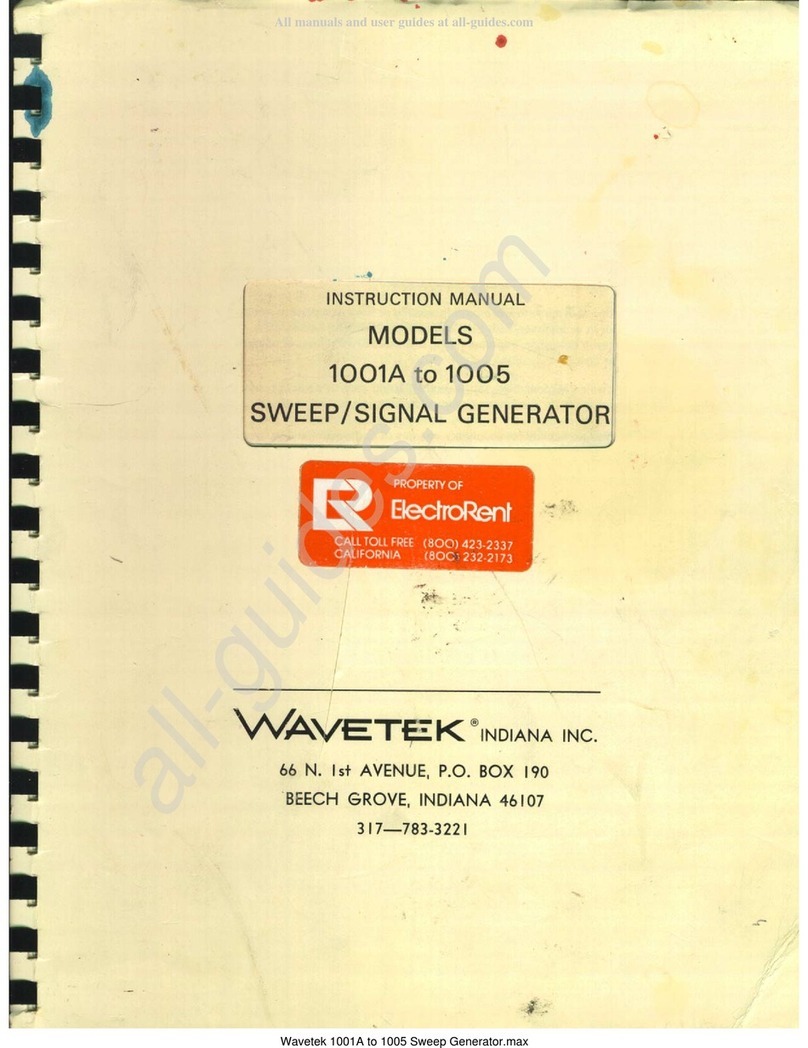
Wavetek
Wavetek 1001A User manual
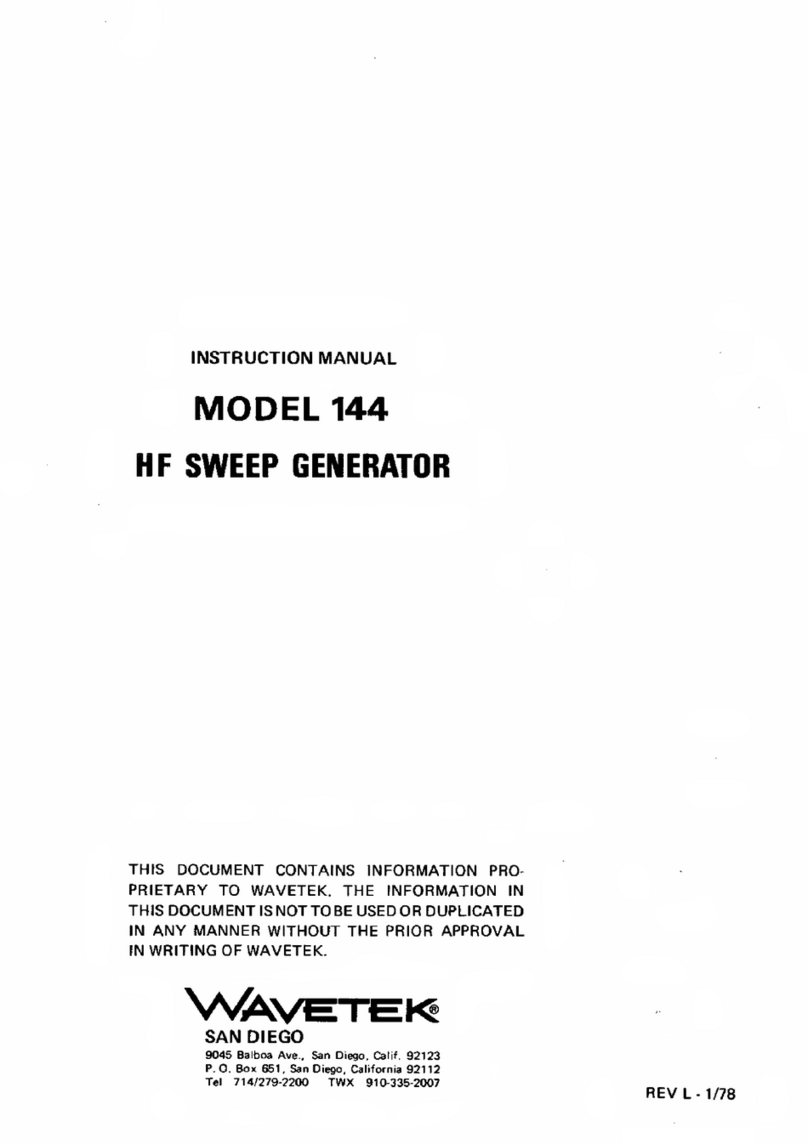
Wavetek
Wavetek 144 User manual
Popular Portable Generator manuals by other brands
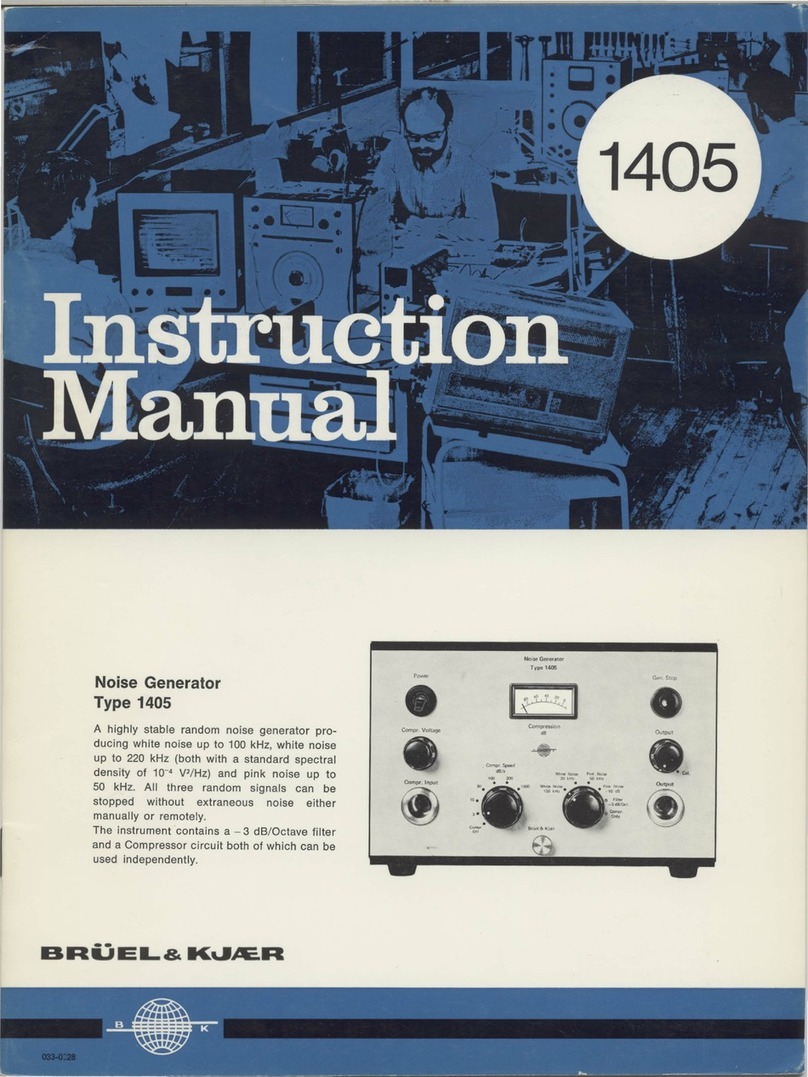
BRUEL & KJAER
BRUEL & KJAER 1405 instruction manual
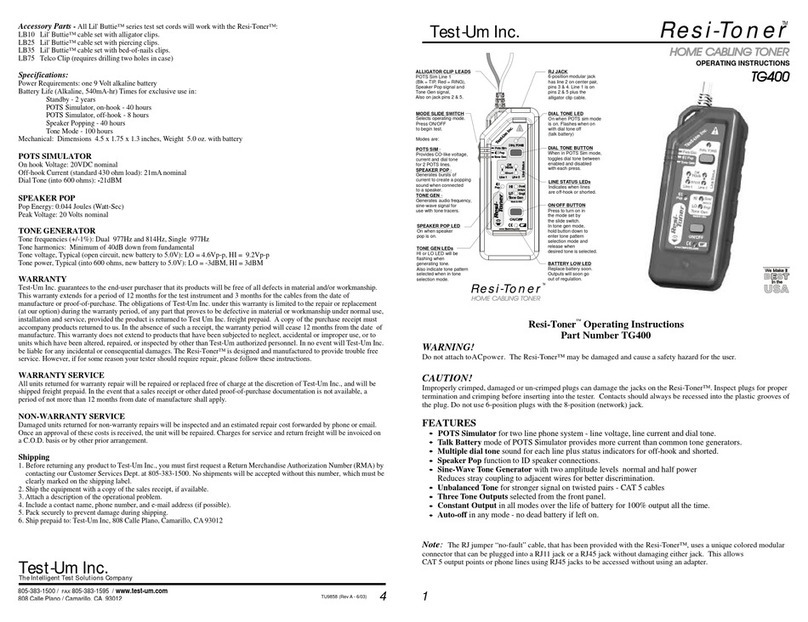
Test-Um
Test-Um Resi-Toner TG400 operating instructions

Fabco Power
Fabco Power HYDRO 300CX-4.5-60HZ-G instruction manual
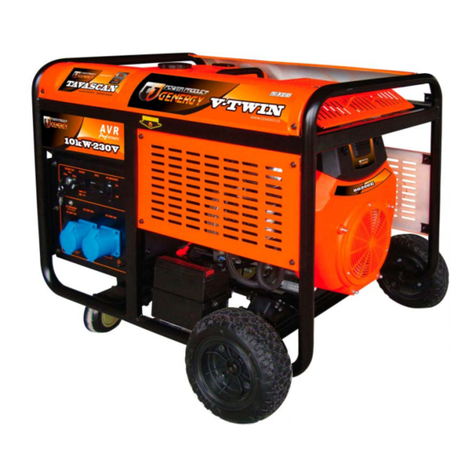
GENERGY
GENERGY ROBUSTA Series Instructions for use
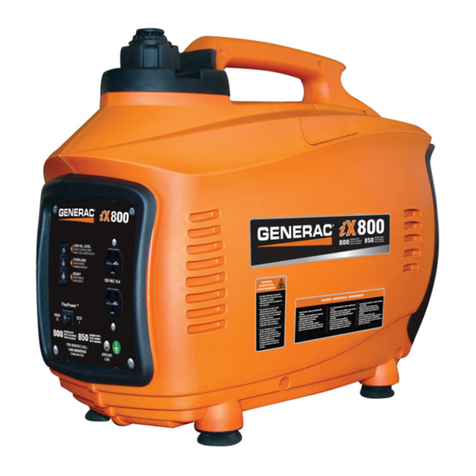
Generac Power Systems
Generac Power Systems IX 800 specification
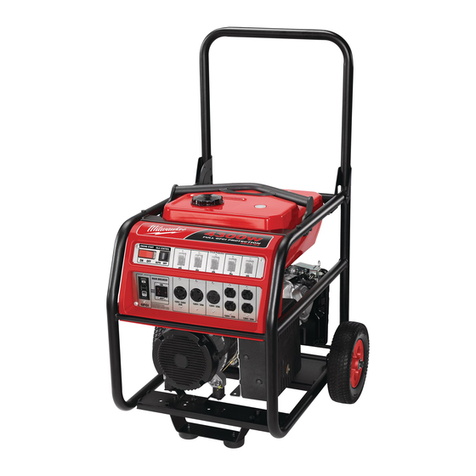
Milwaukee
Milwaukee 4943-24 Operator's manual

Chamberlain
Chamberlain 475M owner's manual

Generac Power Systems
Generac Power Systems GP8000E owner's manual

Rigid Industries
Rigid Industries RD903612 Operator's manual

Husqvarna
Husqvarna 1365GN Operator's manual
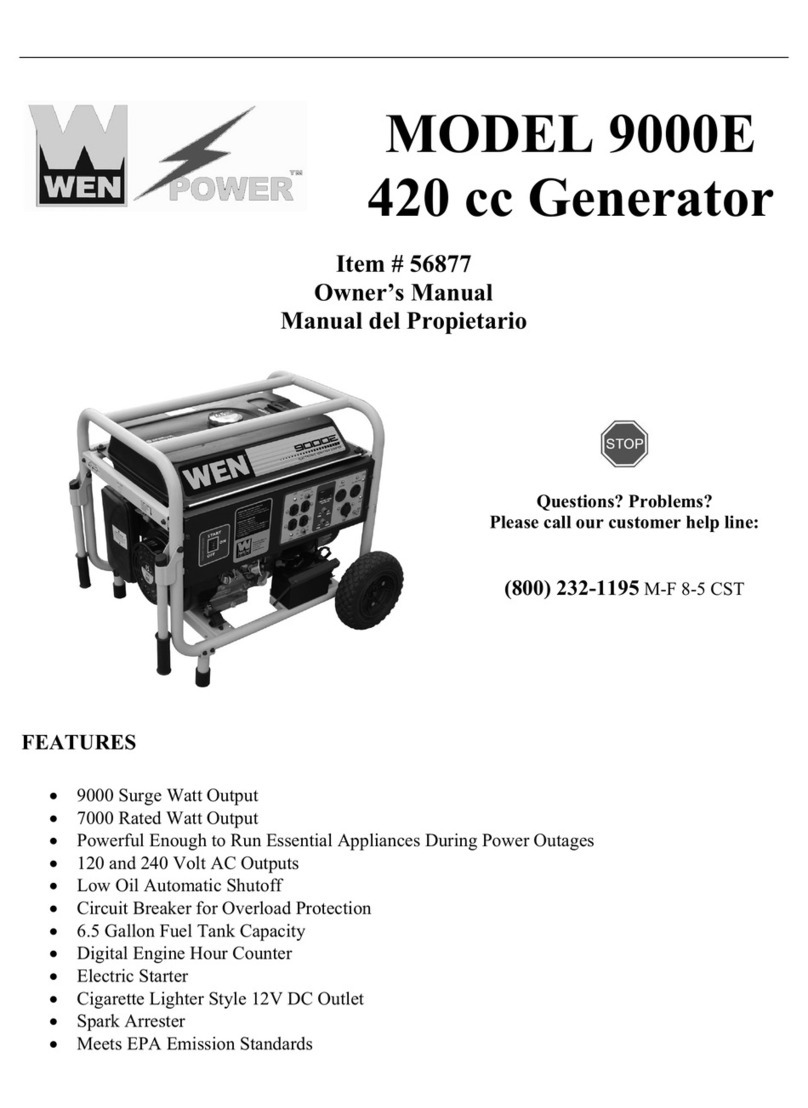
WEN POWER
WEN POWER 9000E owner's manual
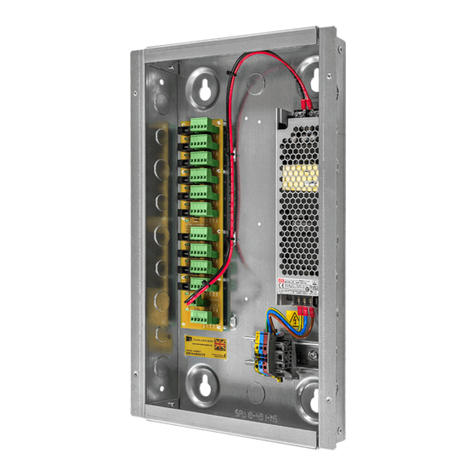
Future Automation
Future Automation SPU10 installation instructions
